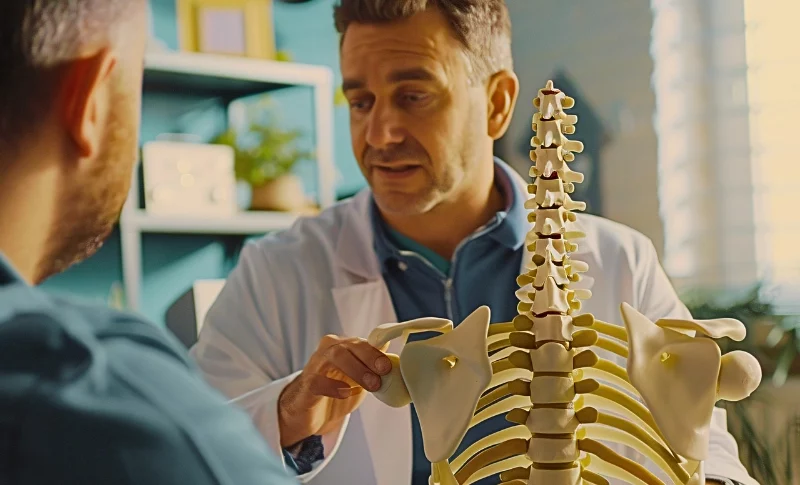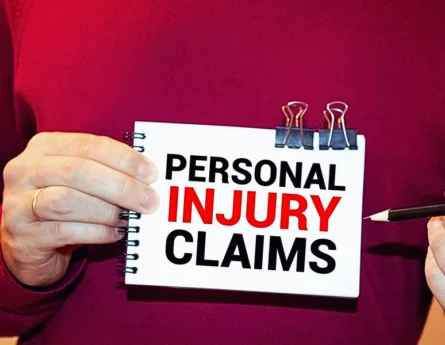Treating car accident patients presents a unique set of challenges for chiropractors. These individuals often suffer from complex musculoskeletal injuries, delayed-onset symptoms, and emotional trauma—all of which require a nuanced and careful approach. While chiropractors are well-positioned to provide effective, non-invasive care, common missteps in evaluation, documentation, and patient management can hinder recovery and jeopardize the patient’s legal claim and your professional credibility.

1. Inadequate Documentation
One of the most critical aspects of treating auto accident patients is meticulous documentation. In personal injury cases, patient records are often used as legal evidence. Failure to document the patient’s symptoms, objective findings, treatment plans, and progress accurately can severely damage their case—and reflect poorly on your practice.
Solution: Use detailed SOAP notes. Document not only subjective complaints and objective findings, but also your clinical rationale for each treatment. Be clear, consistent, and thorough. Every visit should tell a story that tracks the patient’s recovery and justifies the care provided.
2. Delaying or Skipping Referrals
Chiropractic care is essential in post-accident treatment, but some patients may need additional medical evaluations, such as MRIs, orthopedic assessments, or neurological consults. Failing to refer a patient when appropriate can result in missed diagnoses and long-term complications.
Solution: Know when to refer. If a patient presents with red flags—like radiating pain, numbness, severe weakness, or no improvement after a reasonable period—refer them promptly. Collaborative care benefits the patient and demonstrates your professionalism and clinical judgment.
3. Overtreatment or Undertreatment
Providing care that is not medically necessary or, conversely, stopping care too soon can have negative consequences. Overtreatment may be seen as opportunistic or fraudulent, while undertreatment can leave patients with lingering symptoms and weakened legal claims.
Solution: Base your treatment on clinical findings and functional goals. Regularly reassess progress and adjust the care plan accordingly. Stay within evidence-based guidelines and avoid “cookie-cutter” treatment protocols that don’t reflect the patient’s individual condition.
4. Failing to Understand the Med-Legal Overlap
Chiropractors who treat auto accident patients are indirectly part of a larger legal and insurance process. Not understanding how documentation, billing, and communication affect a patient’s personal injury case can lead to frustration for the patient, the attorney, and your practice.
Solution: Educate yourself on personal injury protocols. Understand how liens work, what attorneys need from your records, and the role your documentation plays in proving injury and damages. Building strong relationships with personal injury attorneys can also be beneficial.
5. Improper Billing Practices
Billing issues are common in personal injury cases, especially when working on liens. Mistakes like duplicate charges, unclear coding, or non-itemized bills can create problems for attorneys and insurers, and may delay your compensation.
Solution: Work with a billing specialist who understands PI cases. Make sure your bills are accurate, clearly coded, and well-documented. Keep copies of all communications and follow up on outstanding balances regularly.
Treating car accident patients requires more than clinical skill—it requires legal awareness, detailed documentation, and patient-centered communication. By avoiding these common mistakes, chiropractors can improve patient outcomes, strengthen legal claims, and enhance the reputation of their practice.




